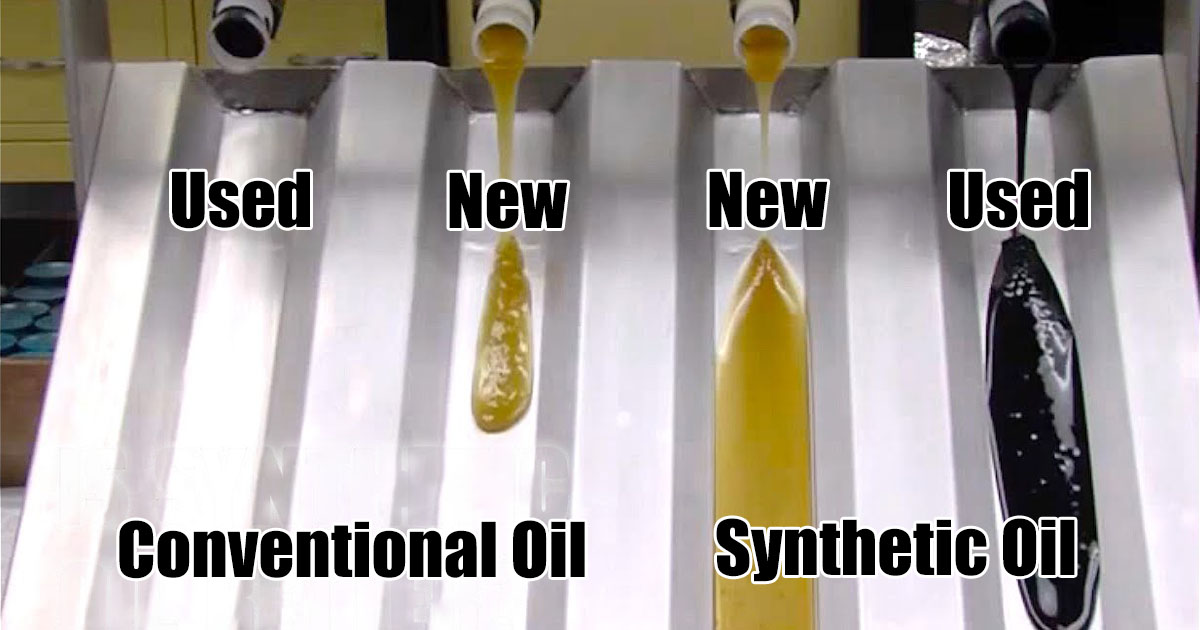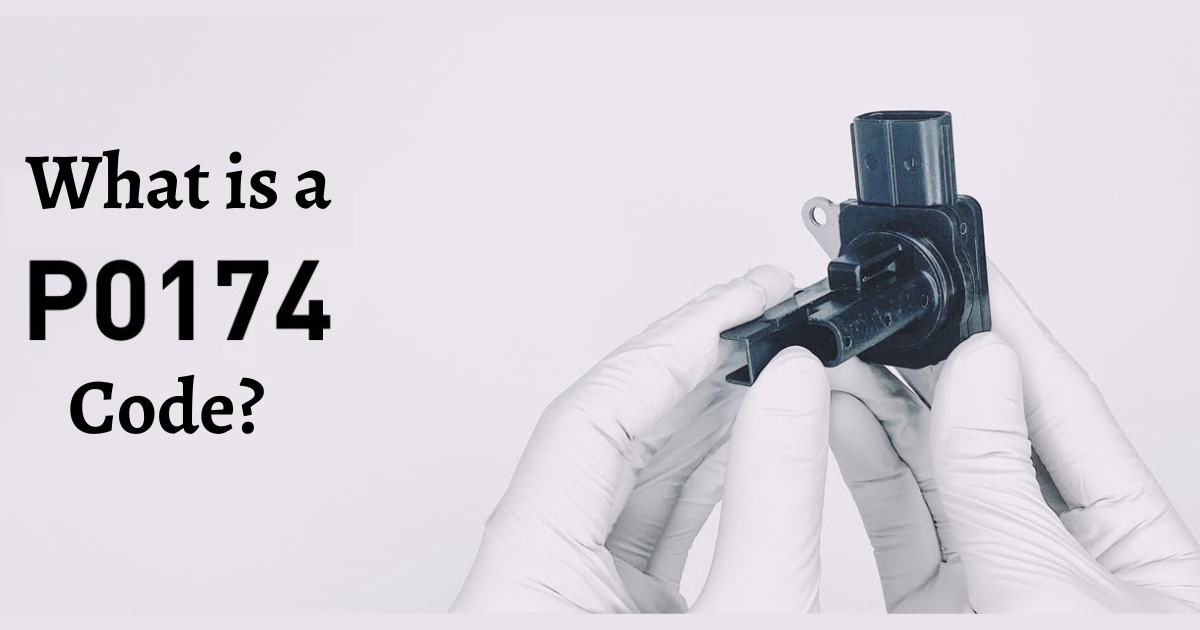
The engine of your car can suffer severe damage if you ignore the warning signs of burning oil. Oil is used as a lubricant to maintain the smooth operation of the engine’s moving parts. It also helps clean the engine by removing harmful particles like dust and debris. On the other hand, if there are obvious signs that the oil is no longer fulfilling these functions, then it’s possible that your vehicle is burning oil.
When oil gets into the engine’s combustion chamber, it can mix with the fuel-air mixture and cause the engine to “burn oil,” which is a term for when the oil burns along with the fuel and air. This is typical of vehicles that have seen a lot of use over the years, are not well maintained, or have high mileage.
Is it Normal for a Car to Burn Oil?
There is no such thing as a completely gas- and oil-proof engine. This is why even the most cutting-edge engine, like the one in your car, has a normal range of oil consumption. Consistently and slowly consuming the small amount of engine oil that will always be burned is optimal for the engine.

Although oil consumption is a topic of discussion among car owners, manufacturers are notoriously silent on the subject. This means that one engine’s “normal” operating conditions may be considered “excessive” by another.
Some BMW engines, for instance, are said to consume a quart of oil in 1,000 miles. Furthermore, GM states that anything less than a quart within 2,000 miles is normal consumption, provided the vehicle is properly maintained and driven. The engine needs attention if it consumes more than a quart of oil in between oil changes.
Car is burning oil: Symptoms
The oil level on the engine oil dipstick dropping faster than usual could indicate that the engine is consuming oil, but that is not the only explanation for the disappearing oil. If your engine is burning oil, you may notice the following more frequently:
1. Coolant Level Drops
When oil is spilled on the ground, leaks can be detected. However, if the oil level gradually decreases without any obvious external leakage, it is a sure sign that the oil is being consumed internally. Now that your engine is using more coolant than necessary, your oil consumption has skyrocketed.
2. Smoke Color Changes

Put someone in the driver’s seat and rev the engine; at high RPMs, the exhaust will contain blue smoke, and the car will emit the odor of burning oil. You know your car is burning oil when you see blue smoke coming from the tailpipe.
3. Engine Misfire
This peculiar symptom, however, is a frequent indicator that your engine is wasting oil. The engine oil that is being burned during the combustion process is likely fouling your spark plugs if your engine has a rough idle and occasionally misfires. Due to the lack of coolant, overheating occurs when there is not enough coolant to maintain a constant temperature in the engine, which can lead to a misfire.
4. Spark Plug Wears Out
When oil is being burned in a car, the spark plugs, which should normally be completely clean and dry, will be dirty, oily, wet, and sooty. When spark plugs contain oil, it means they are worn out. It is not prudent to replace the spark plugs until the underlying cause of the oil-burning problem has been fixed. Even with new spark plugs, an oil-burning engine will eventually wear them out again.
5. “Oil Check” Warning Lights Up

The illumination of the “oil check” light inside of a vehicle is one of the most common telltale signs that the vehicle is burning oil. When you come across this, it is imperative that you do not dismiss it.
Car is Burning Oil: Causes
The oil in an engine is circulated to keep the moving parts lubricated, but it is kept out of the combustion chamber, so it doesn’t get burned. Oil can inevitably find its way into the combustion chamber of a normally operating engine, but the amount is so small as to be imperceptible.
Here are some of the most common engine failures and the corresponding oil consumption-causing engine parts. If you’re experiencing any of the aforementioned signs, seek medical attention immediately. The next step is to figure out why this is occurring. Your car can use oil in one of two ways.
1. Worn Out Piston Rings
In order to maintain engine compression and stop combustion gases from escaping, each set of piston rings creates a seal against the cylinder walls. But if your piston rings are worn or the cylinder wall has deteriorated, the seal may not work as it should.

Damaged seals allow oil to seep into the burner, where it is consumed and reduced to ash. Oil can enter the combustion chamber and catch fire if the piston rings are damaged, worn, or stuck.
2. Blocked Crankcase Ventilation
The “crankcase” of a piston engine builds up pressure as the pistons work. Crankcase ventilation systems function as one-way valves that redirect the air/oil vapor pressure from the crankcase back into the intake tract, relieving the pressure. If this system becomes clogged, the blow-by will accumulate in the crankcase, increasing pressure enough to either blow out the gaskets or force oil past the valves and into the combustion chamber.

Because of its low cost and ease of replacement, the PCV valve is a standard component in many vehicles’ emissions control systems. Many modern engines feature an electric crankcase valve and a larger crankcase valve, both of which add complexity to the system. Many of these valves become obstructed due to oil vapor, which causes the system to run dry of oil.
3. Increased Oil Pressure
When the oil pressure is high, an excessive amount of fluid will flow through the engine. If the oil gets into the cylinders, there is a good chance that it will catch fire. You need to determine what is leading to the high oil pressure in order to find a solution to this problem.
The problem could have been caused by a flaw in the main computer, or it could have been caused by you adding an excessive amount of oil when you had it serviced previously.
4. Engine is Old
There shouldn’t be any major issues with an engine within the first five years of its life. There is no need to worry too much about fires or excessive oil use in these first few years. Seals and gaskets deteriorate and fail as mileage increases.
In the event of even a minor leak, the engine’s oil consumption will increase. In addition, the tolerances in an older engine may be larger, allowing oil to flow through passages that are closed in newer engines.
Car is Burning Oil: Solutions
The first step in fixing the problem is determining what’s causing the oil consumption. The majority of these causes are avoidable through regular vehicle maintenance and paying attention to warning lights. Be sure to use the recommended oil for your car’s make and model. Make sure the viscosity is correct by consulting the user guide.
The best course of action, given the lack of consistency in oil consumption, is to keep a close eye on your oil level and have a mechanic check for leaks if your engine seems to be eating through it. Knowing how much oil a given engine typically uses over the course of several years or thousands of miles will help you spot when consumption suddenly spikes, which could indicate a leak or internal problem.

When your car has an oil leak, no matter how small, you need to keep an eye on it and get it fixed as soon as possible before it causes irreparable damage to your engine. If you find a leak, it’s important to fix it right away. Changing a gasket or seal is an easy and inexpensive way to avoid a lot of headaches.
As the engine gets older, it may be time to replace it with a newer model before serious problems arise. Compare the price of a new engine to the cost of upgrading, and the decision becomes clear. If you need the money for a down payment on a new car, it’s best to sell your old one while it’s still worth something.
Here is a video guide about fixing your car’s burning oil problem.
Repairing Cost
There is a possibility that you will only have to pay $100 to have the problem fixed if the PCV valve is the only component that requires replacement. The costs of all other repairs are significantly higher. For example, the cost of replacing the head gasket can range anywhere from $900 to $1,800 per cylinder head, and the cost of replacing or repairing a motor that has blown can be anywhere from $2,500 to $5,700.
What are the Repercussions of Ignoring the Burning Oil?
If your car has a problem with the oil burning, you should never ignore it. The problem with the engine oil burning can lead to roughening up the engine of the vehicle or, even worse, cause it to seize. There is also a risk of damage to the spark plugs and a risk of the catalytic converter overheating or malfunctioning.
FAQs
How much oil is normal to burn?
Most engines do burn some oil; that’s a fact. Most manufacturers think that you can get by with one quart of oil for about 1,500 miles. It’s also worth mentioning that some high-performance cars will use a quart of oil in less than 1,000 miles, which is also fine.
What are the signs of a car burning oil?
Smoke from under the hood, blue smoke from the exhaust, decreased performance, and worse fuel economy indicates that your car is burning oil.
Does driving fast burn oil?
When you drive fast, especially in a sports car, you can use up gas faster. Even though the effect isn’t as bad, driving fast also wastes oil. But this is usually only true at high RPMs, and oil burning isn’t a big deal unless there are other problems with the engine.
How often should I add oil to my car?
It depends on the car and how the driver operates it. In the owner’s manual, the manufacturer will tell you how often you should change the oil. Most cars are serviced at set times. Usually, this means that the oil needs to be changed every 9,000 miles or once a year, whichever comes first.
Does synthetic oil stop oil burning?
Synthetic oil can continue to function at temperatures higher than 500 degrees Fahrenheit, while conventional oil starts to burn between 350 and 450 degrees Fahrenheit.
Conclusion
Engine oil burning can also be caused by using the wrong type of oil. Yes, the engine parts can wear out and lead to oil fires. However, ignoring them will only increase the damage and could even cause your engine to stop working altogether. It’s best to get your car checked out by a professional mechanic as soon as possible. Taking care of the problem quickly can prevent serious consequences and save you money.




